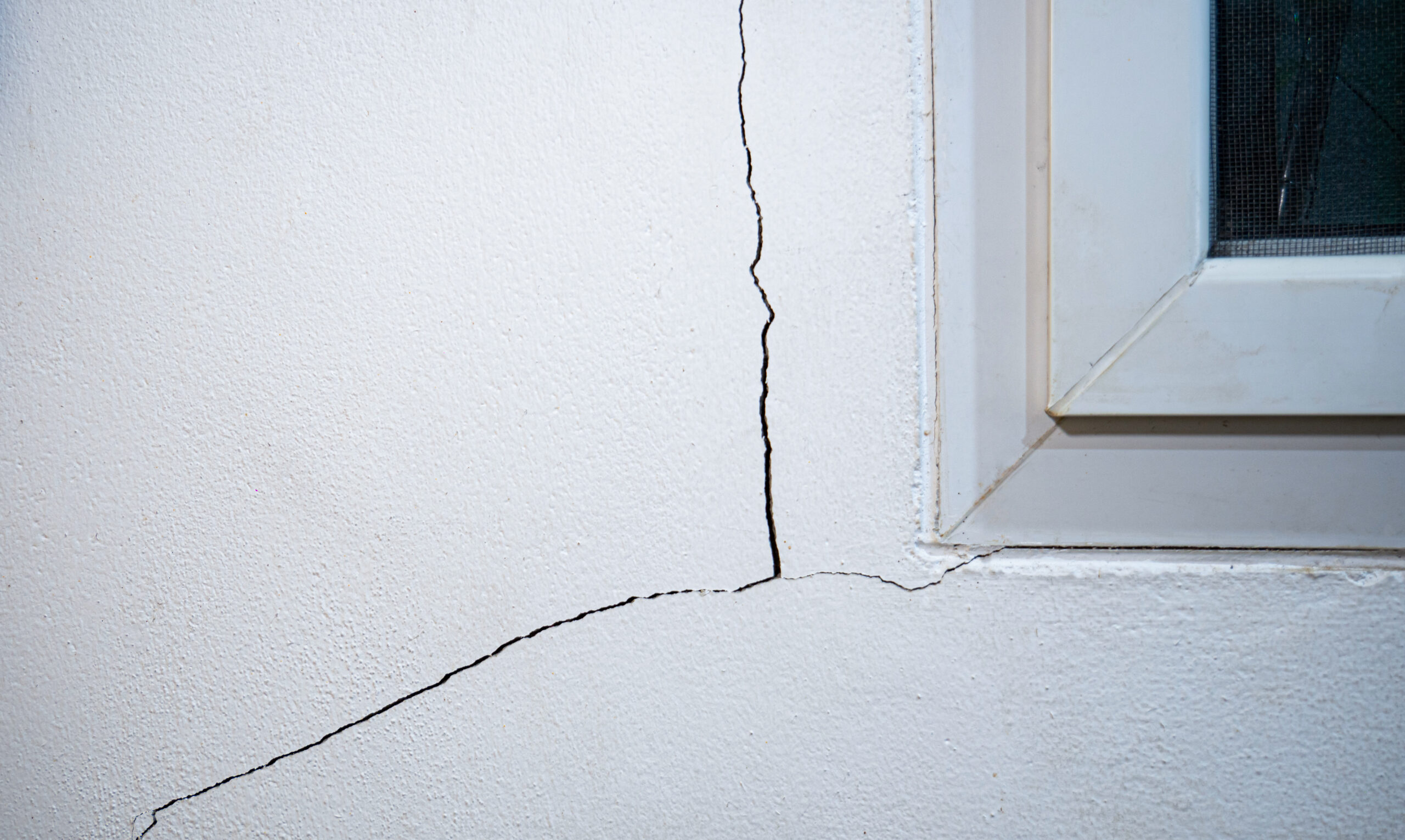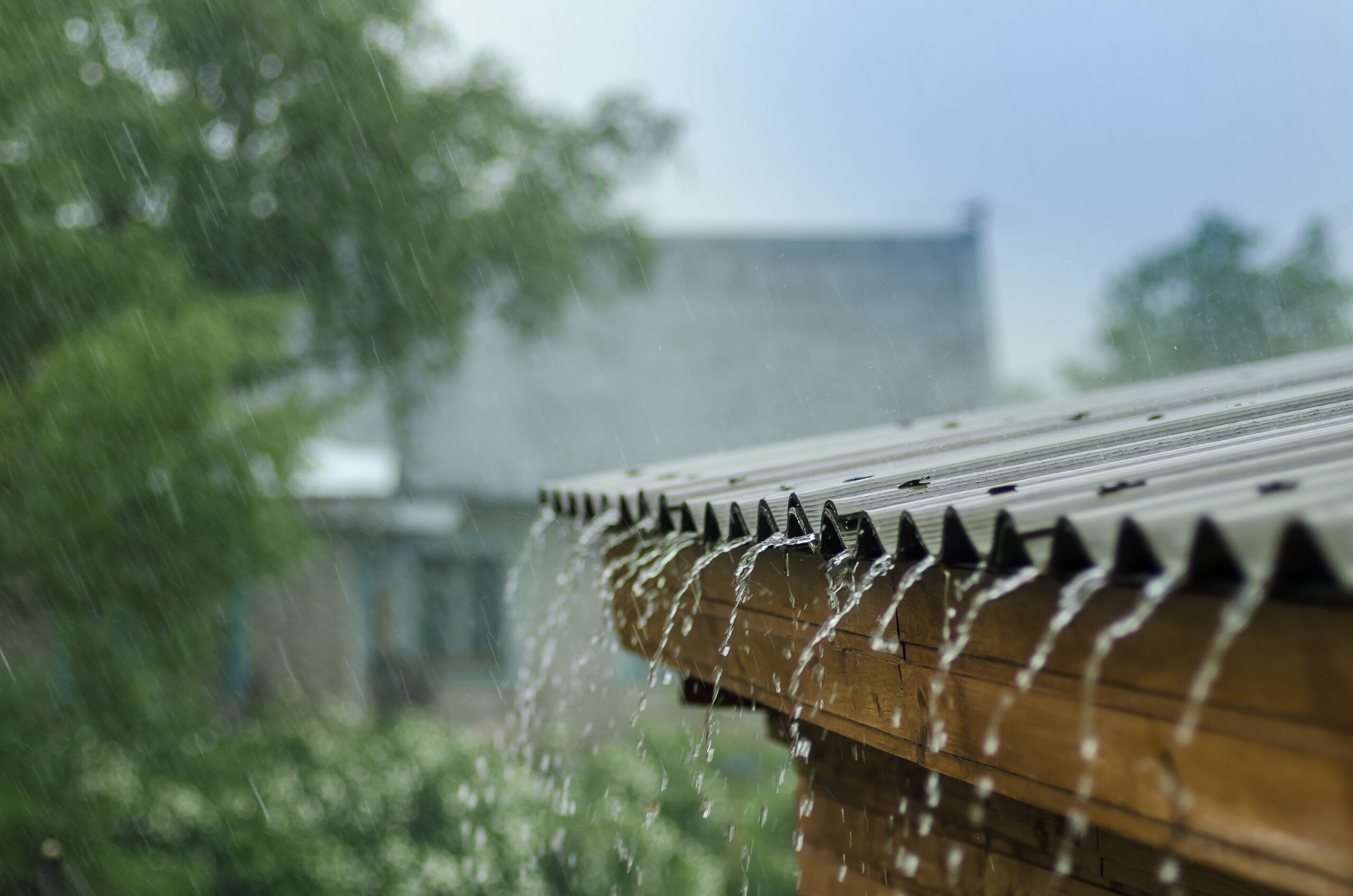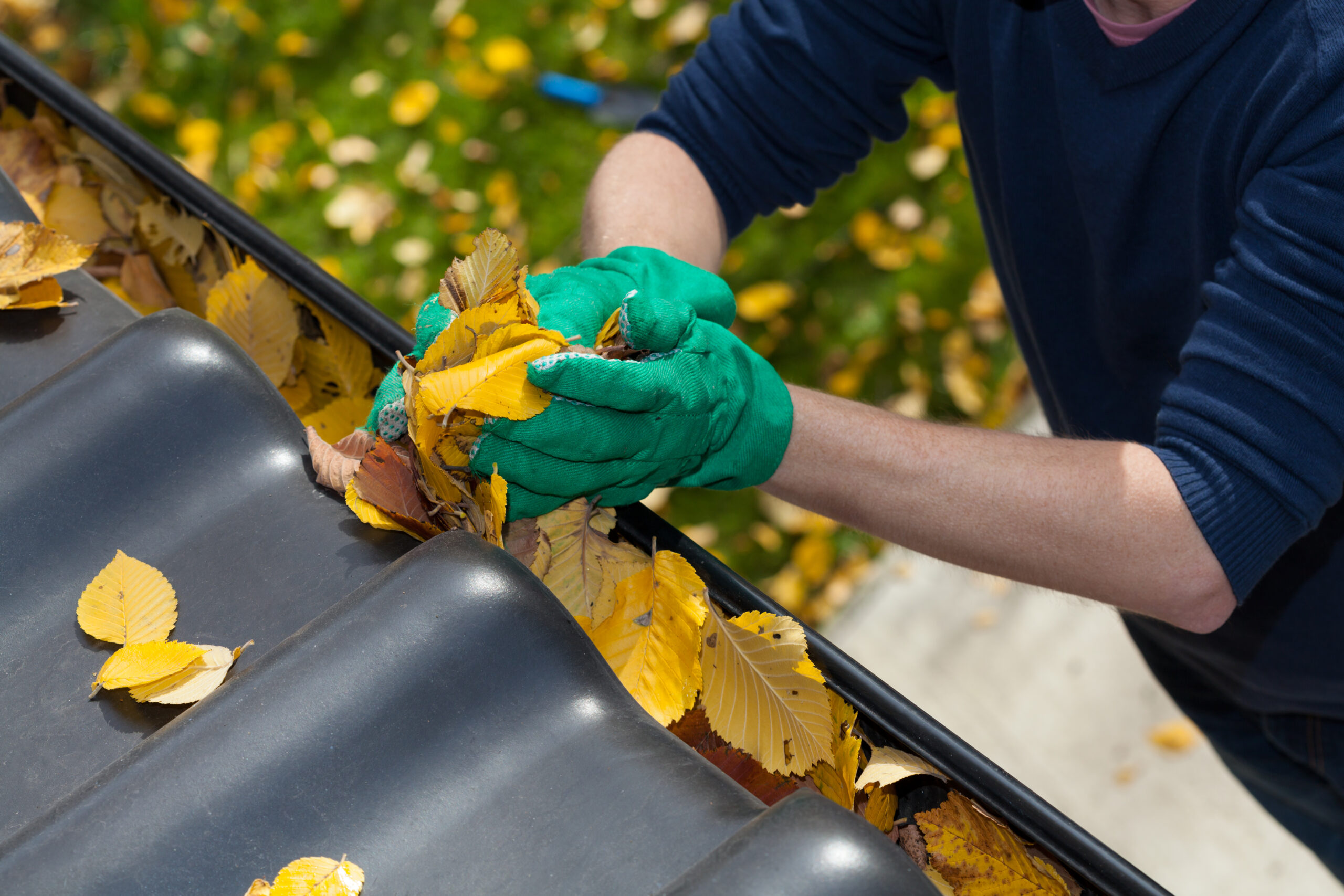The Autumn Rain, The Pests, and You
The Autumn Rain, The Pests, and You
As we enter autumn, the hot temperatures begin to fade away while the number of rainy days increase. This season is a transition period (much like spring) between two extreme seasons, where it’s cold enough to break out your sweater collection once again but still warm enough that we don’t have to leave the house even earlier in order to defrost the windshield of the car. Humans are not the only ones who notice the differences in fall, as every pest has their own way of handling the shift into colder weather. This is why we begin to see fewer insects in the fall than in the summer, but that does not mean that our pest problems disappear with the change of seasons. In fact, it is perfectly common to experience an uptick in pest issues in the days following a fall rainstorm due to the combination of cooler temperatures and excessive moisture. Let’s take a look into how pests can get into our homes so easily after it rains, as well as why the cold weather and increase in rainy days make the pests more active than you may think.
How Pests Invade Our Homes

Of course, pests can get inside a house or building any time of year. As much as many of them love their outdoor habitats, they would still prefer our comfortable and dry shelters to the unpredictability of nature. The rain only motivates them to seek out a new habitat even more since they are not large enough to withstand the amount of water that is suddenly filling their home. If you have a pre-existing pest problem in your home — no matter how small or inconsequential it seems — it will be worsened with constant rain. Pests will seek a more secure hiding place within their shelter, which may lead them to the more populated areas of the home. And since we typically spend more time indoors during the rainy days of autumn (who doesn’t like watching the rain from inside your cozy home?), we tend to notice pest problems sooner than in the months where the weather is nice enough to motivate us to hang out in the yard.
There are three main ways that pests tend to invade our homes during rainy days:
- Cracks: Any crack or crevice in the foundation, in the siding, near pipes, and around doors and windows.
- Gaps: Any gap or hole in the house exterior, door frames, window frames, siding, and crawl spaces.
- Torn Screens: Any tear or rip in the mesh screens of windows and sliding doors, especially if it’s near greenery outside.
We may not think much of the small imperfections in the exterior of our homes, but pests specifically seek out these spots to use as entry points. It’s essential to seal up every crack and gap in the house in order to effectively keep pests out, but more on that later. For now, let’s look at how the chilly air and the steady rain both aggravate pests long after summer ends.
Cooler Weather

If you read any pest control blog (thanks for reading this one!), you will come across a lot of articles on how to have a pest-free summer because that is the most active season for almost every insect pest. Since insects are ectothermic, or cold-blooded, their energy levels are dependent on the temperature. This is why we see so many energetic flying insects in the summer and slow-moving insects in the fall. Certain flying insects can’t even fly in the colder months because the chilly air and increased moisture both impair their wings. As soon as the temperature begins to steadily drop, pests naturally feel the need to seek out a safe shelter that will keep them warm and dry. The specific use of the shelter varies with each species because some pests overwinter in a semi-active state while others go into hibernation once they are settled.
In general, most pests would love to come indoors at the start of fall. This gives them enough time to move their entire group or colony inside, settle into a secure place, and prepare to wait out the winter. The pests that commonly invade our homes this time of year include roaches, wasp queens, spiders, stink bugs, and boxelder bugs. As long as they have a shelter that is set apart from the humans and pets who live in the home, these pests will be happy to stay in this new habitat long after the fall chill sets in. There are certain pests that seek out warm and dry shelters all year long, such as ants, bed bugs, termites, and rodents. It’s possible to find these pests inside a home any day of the year, but they become especially desperate when it’s colder outside than it is inside. Some pests don’t even survive the end of summer and actually die off at the beginning of fall, which is why we don’t see many flies, moths, crickets, and mosquitoes once the summer heat cools down. They make sure to lay their final eggs first so that their offspring can continue the generations next year, since insect eggs are strong enough to survive the winter freeze.
So, the cooler temperatures clearly make an impact on all kinds of pests. But the addition of constant rainfall works wonders in motivating pests to find a secure shelter — and fast.
Fall Rain and Pests

The primary reason why rain drives pests indoors is because it often destroys their nests and habitats that are somewhere outdoors. Once their home is ruined, the pests scramble to find a new shelter that is more secure than their last one. Spiders, ants, and rodents are often the pests that are most affected by fall rainstorms and need to constantly change shelters until they eventually make their way into a house or building. Other pests love the moisture of a rainstorm, including stink bugs, roaches, and centipedes. Unless the rainfall is extreme, it’s common to see these pests crawling around at this time. If there is any moisture damage done to the wood of a home (beams, doorframes, framework, firewood, etc.), you can bet your bottom dollar that termites will exploit that damage if it is not soon repaired. Subterranean termites are often forced out of their underground homes when the rain floods them, so they will be even more motivated to find a new shelter within damaged wood.
As one of the most populous sewer pests, roaches are (unfortunately) commonly found indoors during and after a rainstorm. These insects, along with other sewer creatures, need to move quickly as the water in the sewers steadily rises and forces the pests up into the pipes that lead to drains in our homes. They are not the only ones who are on the move during a fall rainstorm, however. Every pest is different in how they handle the combination of excessive rain and cool temperatures, especially since some of them live in habitats that are more vulnerable than others.
Centipedes love moisture, but even they have their limits when it comes to rain. They will enter homes through gaps in the exterior, then make their way to the more humid areas of the house, like the bathroom or basement. Rats and mice seek out the high ground (á la Star Wars: Revenge of the Sith) to avoid getting too wet, even though they both can swim. They will seek out a warm shelter that is as far from the rain as possible, and can even travel into homes by using nearby tree branches as a highway. If the weather is still generally warm, crickets will actually thrive once the rain stops. They will swarm yards and green areas around buildings, then begin to chirp in order to attract mates if it is still early enough in the season. Ants, on the other hand, definitely do not thrive when it rains. A steady fall rain will flood their underground nests, causing them to quickly evacuate and seek out an elevated shelter that is completely dry, such as our homes. American roaches actually seek out water-damaged areas to invade, so these two-inch-long pests are frequent faces when it rains. Two other moisture-loving pests are springtails and earwigs, both of which need extra water to survive but will still look for a shelter if the rain is excessive. No matter which pests are trying to avoid the raindrops in your area, one thing is for sure: reliable prevention methods are absolutely essential.
Pest Prevention

It’s a given that pest prevention is an important part of owning a home or business all year long. But the colder temperatures and increased rainfall of autumn bring pest prevention to the forefront of our minds once again. The key to keeping pests out of your space regardless of the weather is to be intentional about checking for any new imperfections with the house or yard. It’s natural for our homes to have some “wear and tear” throughout the years of baking in the sun and surviving the harsh winters, but that doesn’t mean that you should never repair any new damages that occur due to a storm. Pests will sniff out the weak points in your home as their entry points, and the process of eliminating a pest infestation on top of repairing damages is much more time-consuming.
Some of the most efficient ways to prevent pests from invading both during and after a rainy autumn day are:
- Try to do any essential yard work before the rain hits. Pests thrive in overgrown plants, so mowing the lawn and trimming back plants from the house will keep them away.
- Check your yard for any anthills and wasp nests before the rainy days occur. If there are any in the yard, those pests will be forced out of their habitats and into your home once their original habitats are flooded. Contact professional pest control if you find any pest problems inside or outside your home.
- Inspect the interior and exterior of the house for any cracks, gaps, holes, and openings. Seal small ones with caulk and larger ones with copper mesh.
- Clean out the gutters and make sure they are draining away from the house.
- Inspect for any signs of water damage (mold, musty smell, stains, peeling paint) throughout the house and repair it as soon as possible.
- Remove all standing water from your yard after the rain ends for a while. Idle water attracts moisture-loving pests and insects looking for a water source. Empty out any buckets, plant drainage trays, yard decorations, children’s toys, and other objects that collected rain water.
We know it sounds tedious to do all of this work when you just want to relax and enjoy the crisp rainy days of fall, but trust us: when it comes to pests, it’s always better to be safe than sorry. These creepy-crawlies may be small, but they can cause huge problems for any homeowner or business owner who has the misfortune of owning a place that just so happens to be a pest’s ideal shelter from the relentless raindrops.
Protect Your Fall With Pointe
Pest infestations are stressful and frustrating any time of year, so autumn is no exception. When you want to protect your home and family from invasive pests that are desperate to escape the cold, regularly-scheduled services from Pointe Pest Control are the way to go! Our technicians are fully trained and experienced in solving all kinds of pest infestations, so we are always prepared to solve on your pest problems with the utmost care and efficiency. We begin every service with a complete inspection of the property and house exterior (and interior, as requested) in order to create a treatment plan that is completely customized to solve your specific pest issues. All of our products are completely safe for both people and pets while still being tough on pests. We provide both preventative and responsive pest control services, so you can enjoy your autumn without any pest problems taking over your life. Contact us today for a free quote on our efficient pest control services, and say goodbye to your fall pest worries!
Citations
How do cold temperatures affect insects?. (n.d.). Terro. Retrieved September 20, 2023, from https://www.terro.com/articles/how-do-cold-temperatures-affect-insects
How to deal with insects after a storm. (n.d.). Ortho. Retrieved September 20, 2023, from https://ortho.com/en-us/garden/how-to-deal-with-insects-after-a-storm.html
How weather affects insects. (n.d.). Raid. Retrieved September 20, 2023, from https://www.raid.com/en-US/education/bug-basics/how-weather-affects-insects
Impact rain has on pests. (2022, February 15). American Pest. Retrieved September 20, 2023, from https://americanpest.net/blog/impact-rain-has-on-pests/
Why do bugs come in my house after it rains?. (n.d.). Cooper Pest Solutions. Retrieved September 20, 2023, from https://www.cooperpest.com/blog/why-do-bugs-come-in-my-house-after-it-rains
Request a Free Quote Today
(We do not share your data with anybody, and only use it for its intended purpose)
